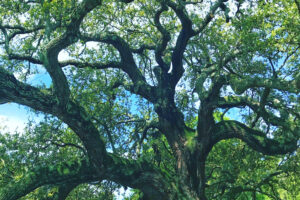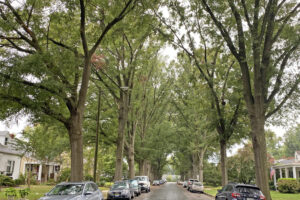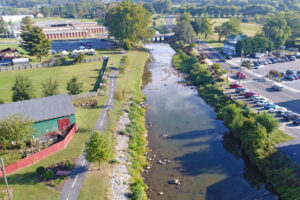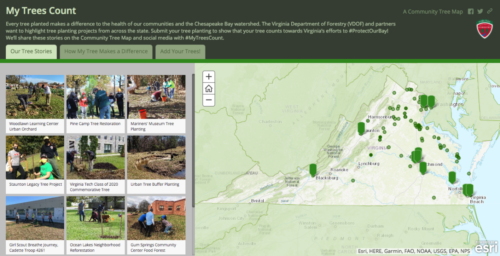Scientists continue to learn how trees play a crucial role in the green infrastructure of America’s cities and towns. Trees brighten city streets and delight nature-starved urbanites. Forested neighborhoods have less crime, less pollution, reduced energy costs, and higher quality of life than similar open areas.
Explore these resources to better understand why it’s important to establish, expand, or maintain existing trees and greenspace in your community.
Explore more about the benefits of trees on this Trees are Good website and with the other resources below.
Trees in Communities
See how communities across the Commonwealth (and the nation) are successfully growing their urban tree canopy and reaping the benefits of community forests. You can log your own tree planting projects in our My Trees Count application to make sure your trees count!
Bring Trees to Your Community
Despite the many known benefits of trees, municipalities are losing their trees at an alarming rate, estimated at four million trees annually nationwide (Nowak 2010). As populations rise in urban areas, there is increased pressure to convert land to accommodate both commercial and residential development. Cities are also losing older, established trees from the cumulative impacts of land development, storms, diseases, old age, and other factors (Nowak and Greenfield 2012).
Additional Resources
These resources can help you establish or expand your own community forest efforts – reverse the trend of tree loss in our cities!
- Read more about Community Planning.
- Determine how trees can benefit your specific location with i-Tree Landscape.
- Get help in creating community tree ordinances with the Virginia Tree Ordinance Database.
- Join a local Tree Steward chapter.
- Learn more about national research and case studies on urban forests at the Vibrant Cities Lab.
- Learn more about regional research, case studies and stories for the Chesapeake Bay states at the Chesapeake Tree Canopy Network.
- Learn more about urban forestry from the academic resources at Virginia Tech.
Contact Us
For more information or questions, e-mail us or use our contact form.
References
Nowak, D.J., Greenfield, E.J. 2010. Evaluating The National Land Cover Database Tree Canopy and Impervious Cover Estimates Across the Conterminous United States: A Comparison with Photo-Interpreted Estimates. Environmental Management 46:378–390
Nowak, D.J., Greenfield, E.J. 2012. Tree and impervious cover change in U.S. Urban Forestry and Urban Greening 11(1):21-30




